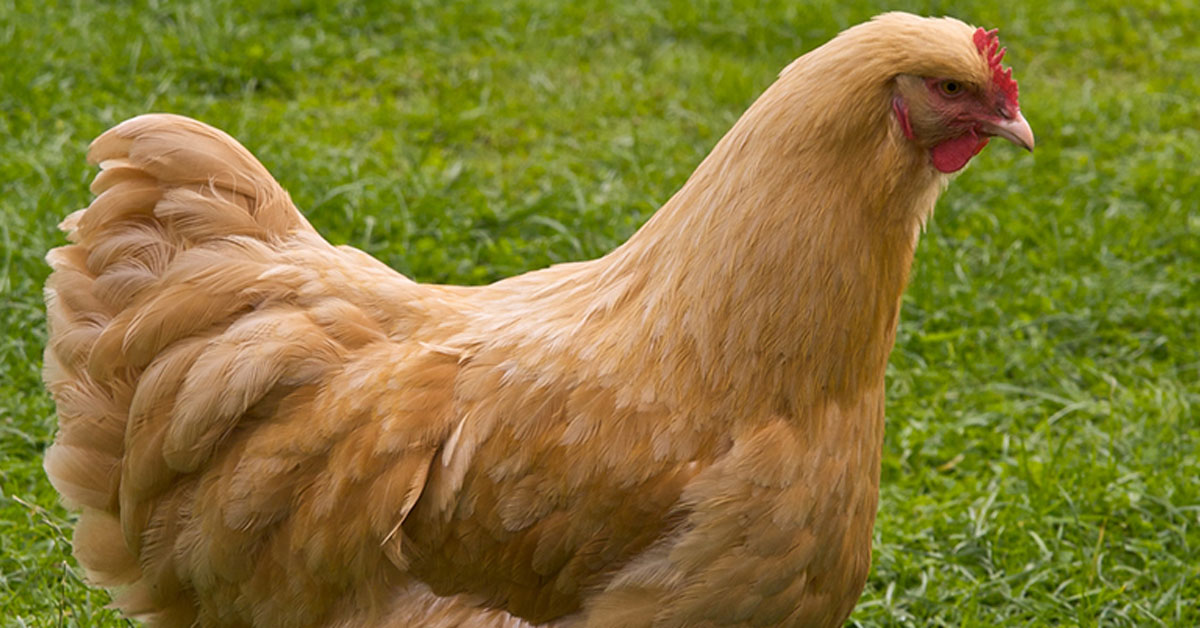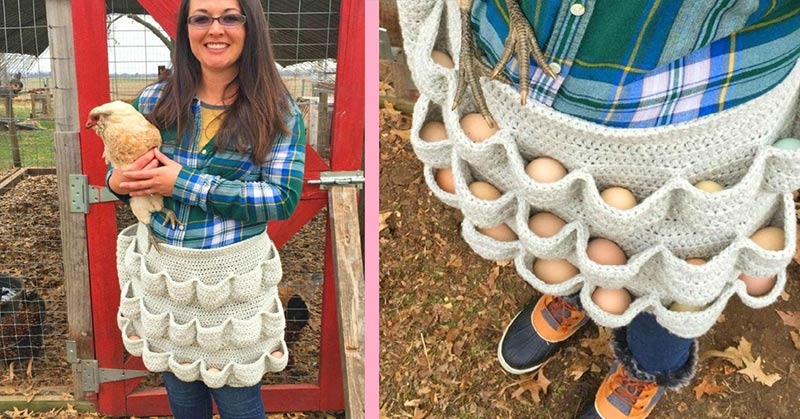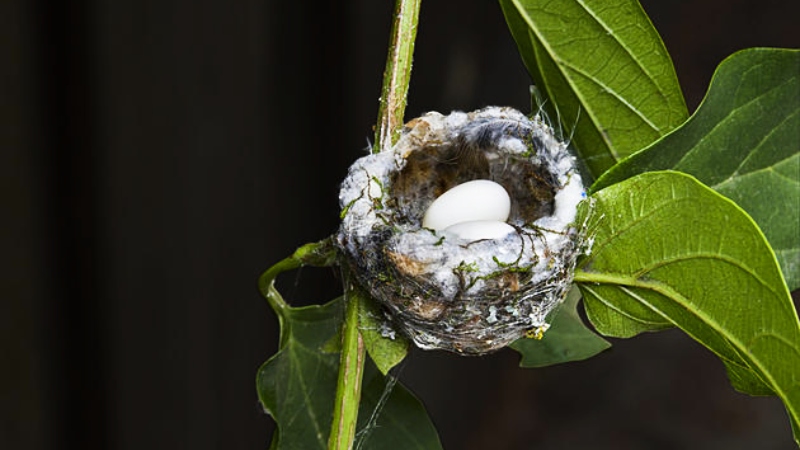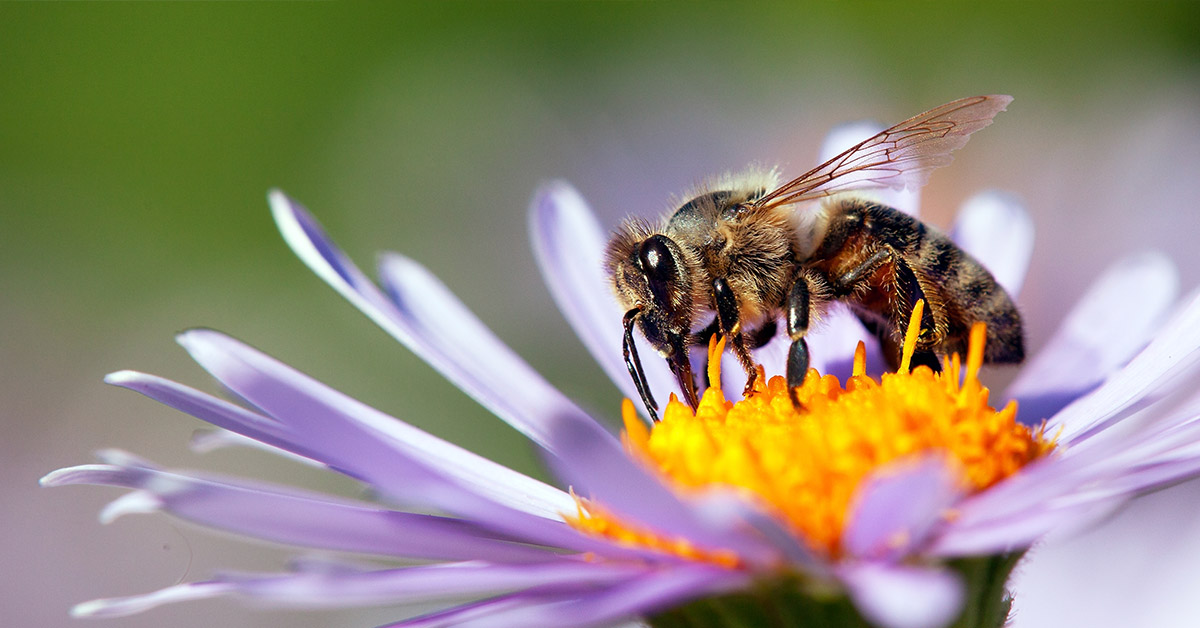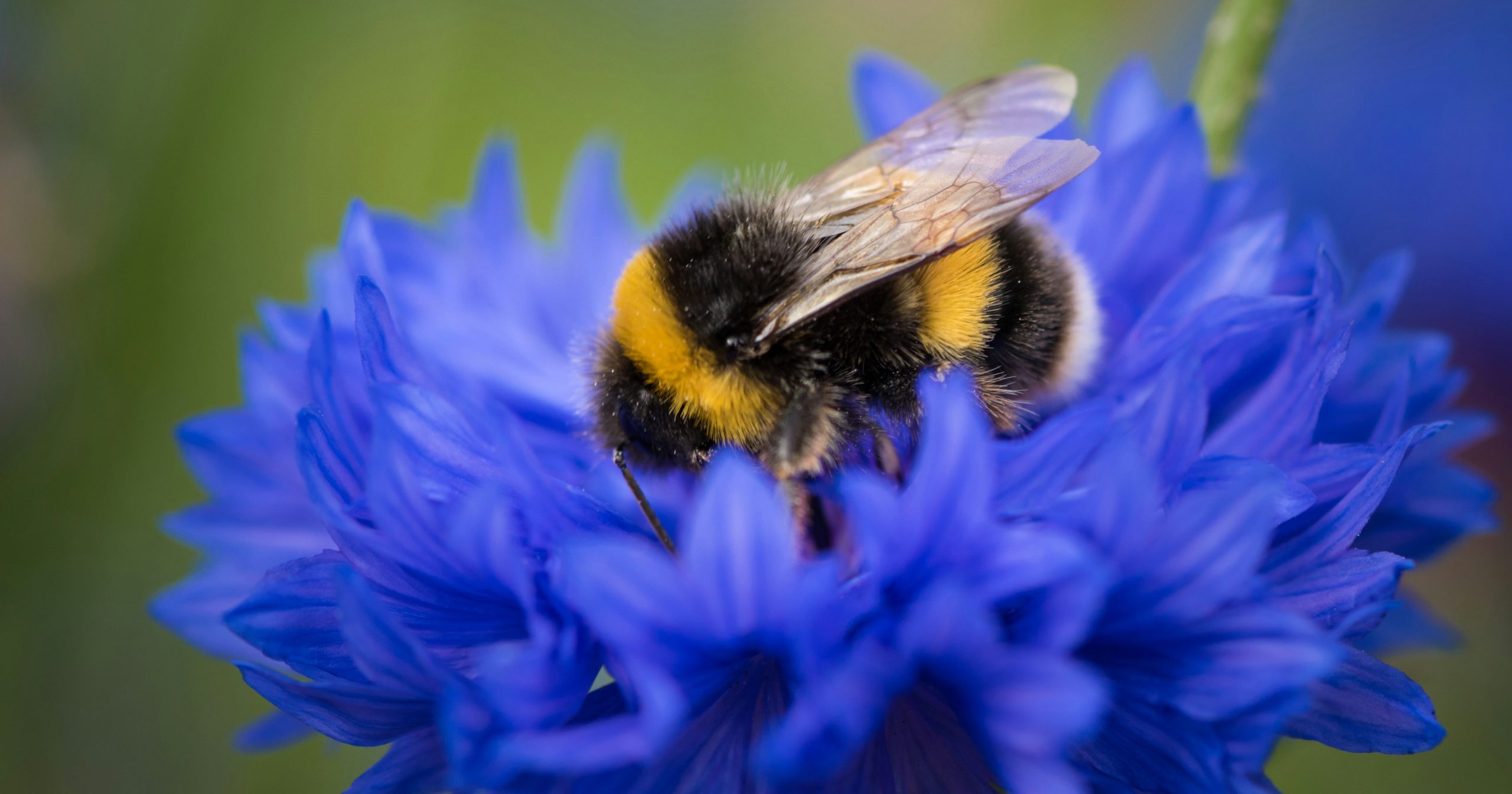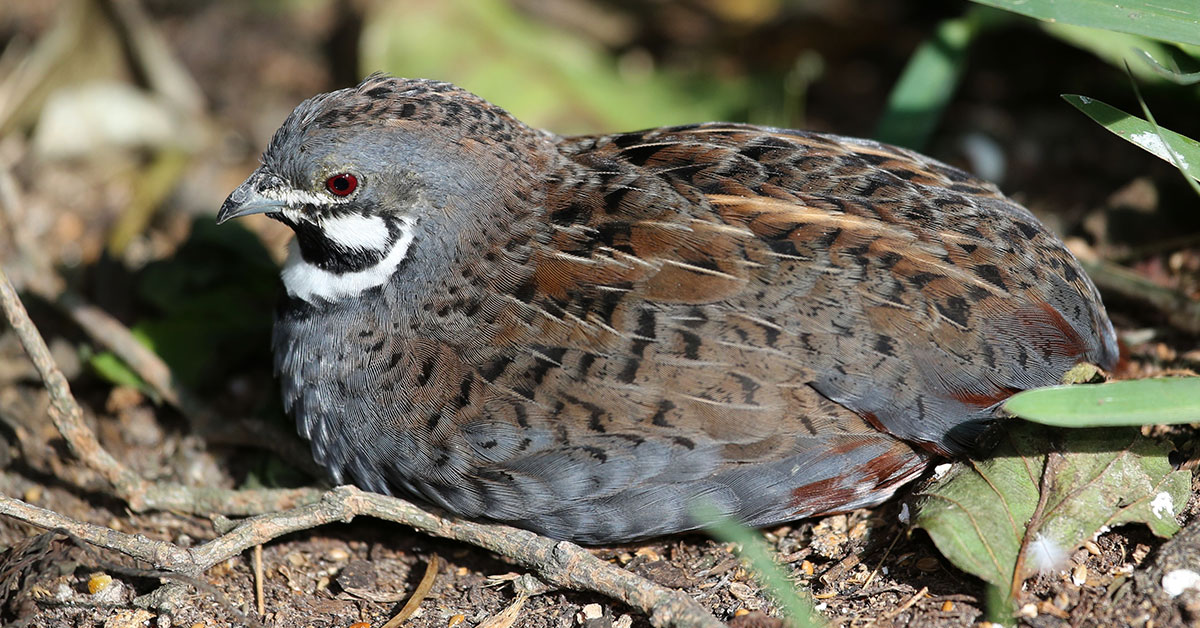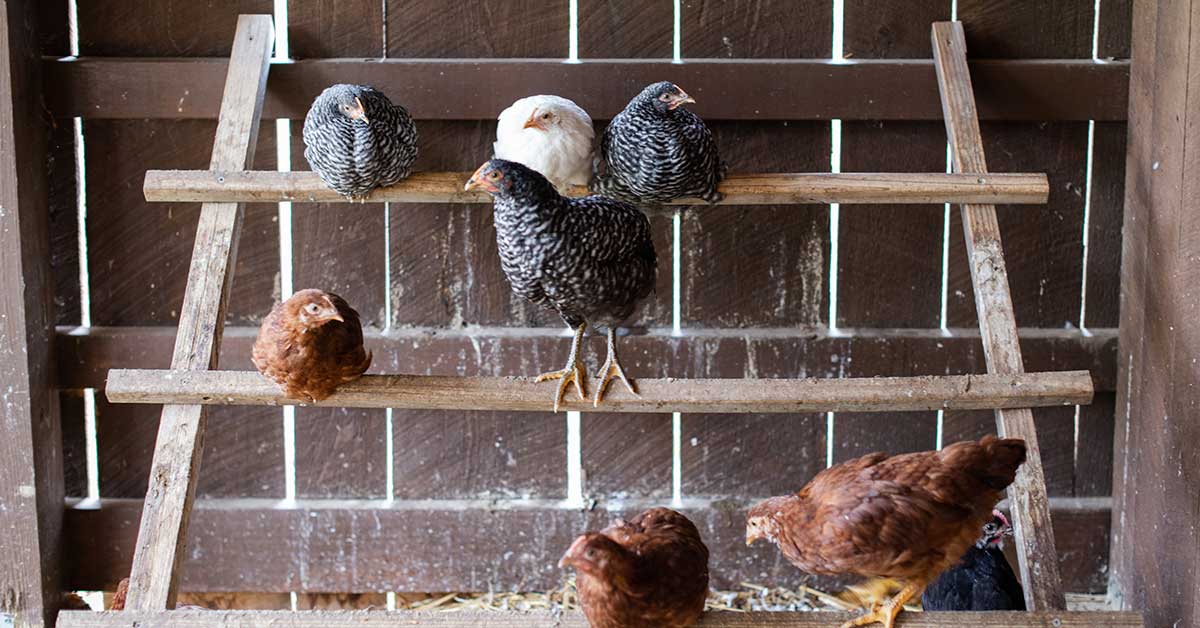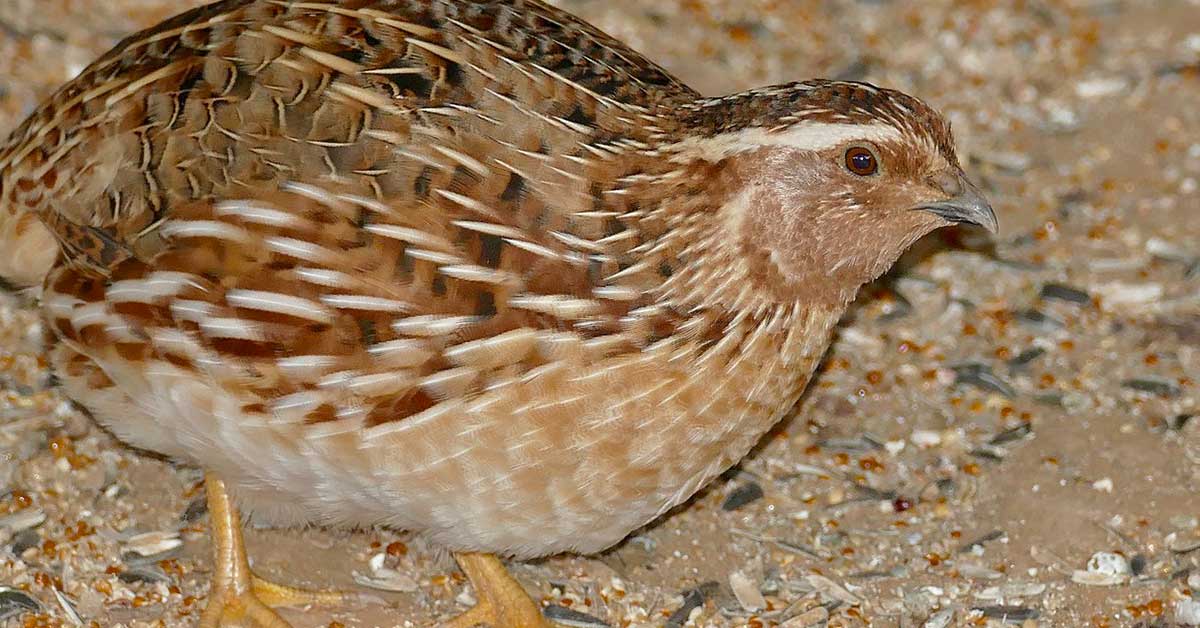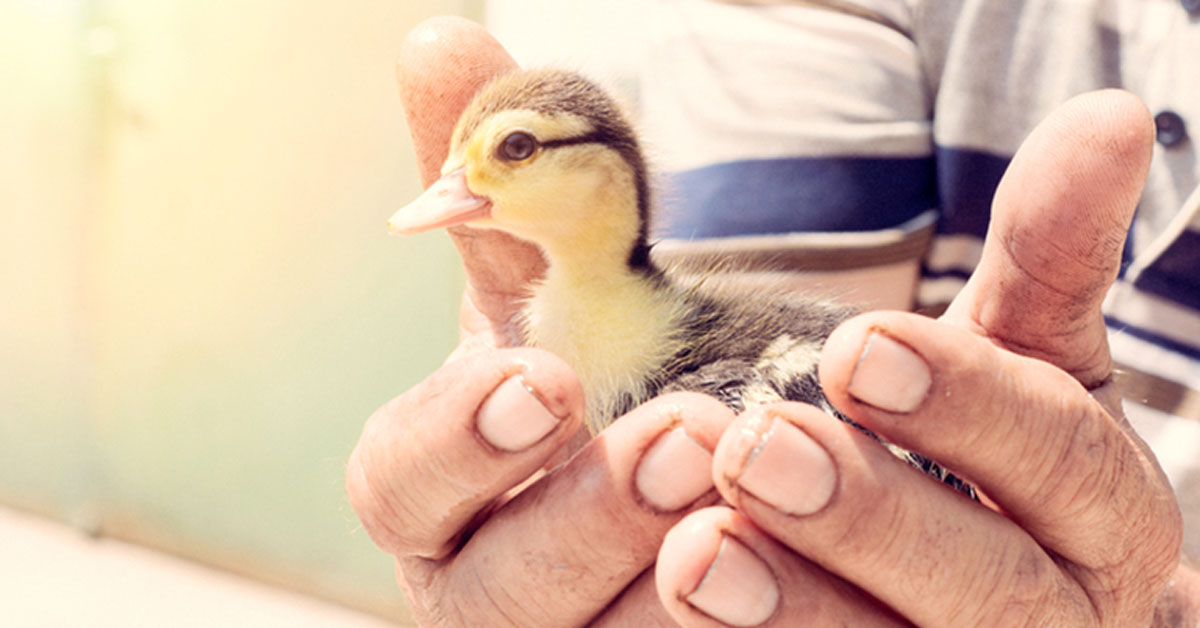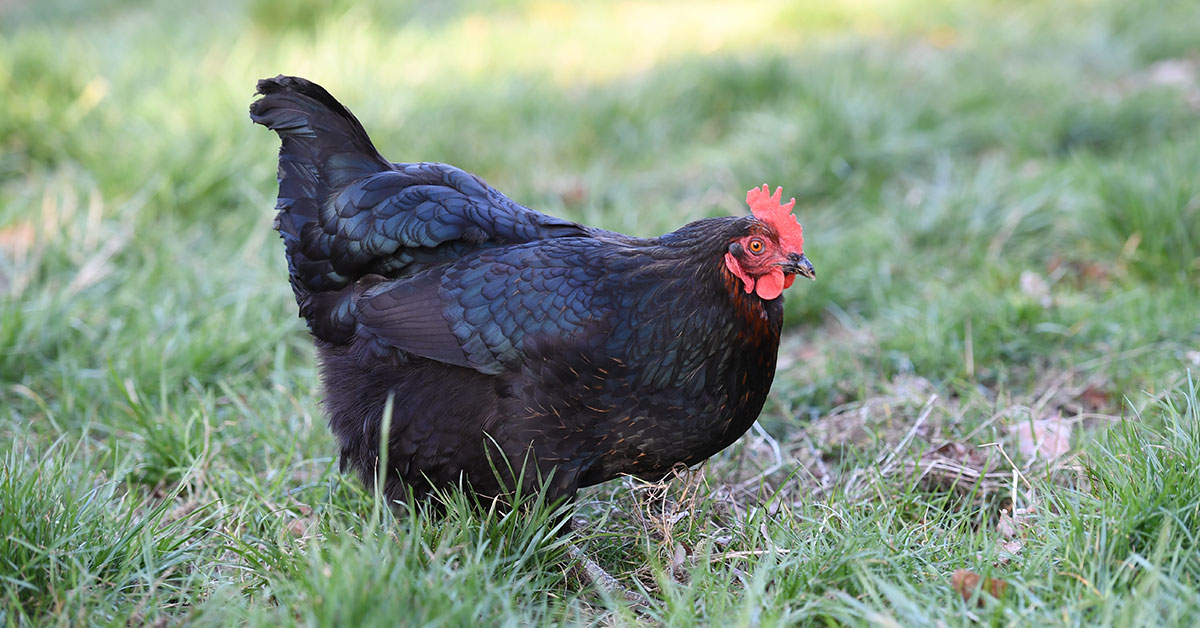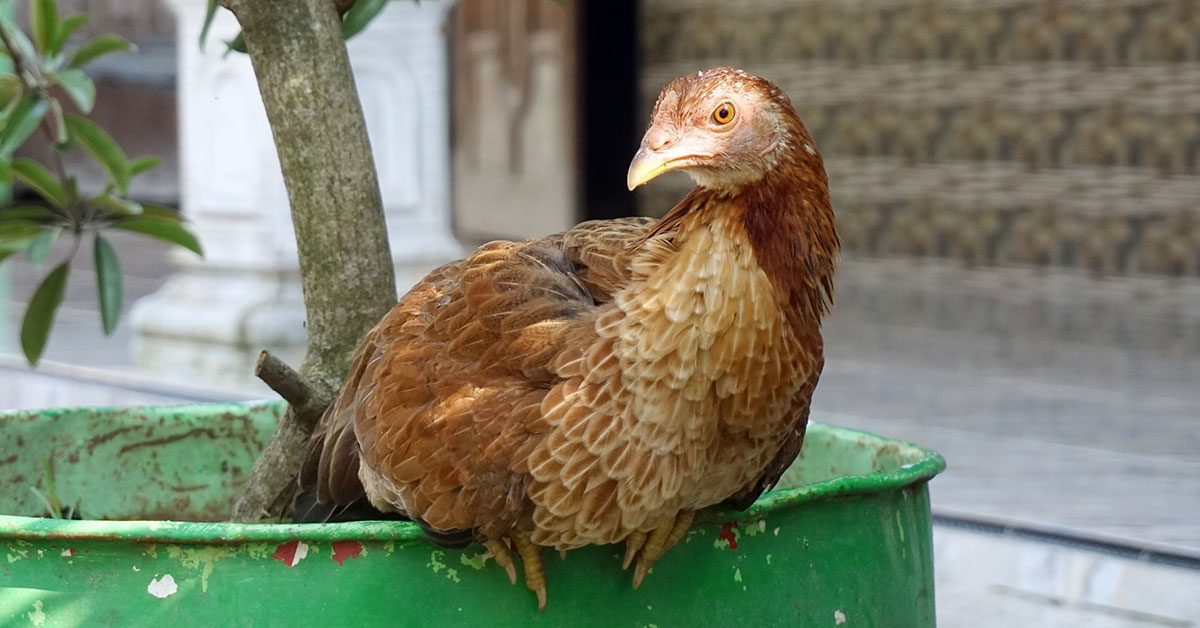Incubating and hatching eggs yourself is a fun and rewarding practice. It’s the least expensive way to acquire new poultry for meat and eggs and is an exciting hobby for homesteaders and urban gardeners alike. But there are few things more disappointing than hatch day coming and going and finding that none of your eggs have hatched. What causes poor hatch rates? Why didn’t the eggs hatch? These are good questions to ask if you’ve just experienced a bad batch of eggs.
Incubating eggs requires a lot of patience – the eggs are on a pretty set hatching schedule. It will typically take 3-5 weeks to hatch your eggs, depending on the type of bird you have in the incubator. A Coturnix quail will typically hatch on day 18, while a Muscovy duck takes upwards of a month. So when your incubation period is over and just a few, or even zero eggs have hatched, it’s an enormous disappointment. In this article, we’ll explore the most common reasons for a bad hatch.
Common causes of poor hatch rates
In my experience, there are four primary reasons that you didn’t have a good hatch rate. The following list is ordered from most common to least common reasons for a bad hatch rate.
Inconsistent temperature or humidity
The most common reason for a bad hatch rate is inconsistent temperature and humidity inside of the incubator. Most types of poultry require a temperature around 100 degrees Fahrenheit and a relative humidity of around 50% for much of the incubation period. If the eggs get too hot, the chicks growing inside will die. If the humidity is too high or too low, it can cause the chicks to die.
It is extremely important that you ensure you have thermometers and hygrometers that are properly calibrated and able to provide accurate temperature and humidity readings. Even just a few hours off can kill your hatch.
Mishandled eggs
Eggs are fragile. The shells are quite easy to crack. If you’ve ever made an omelet or scrambled up some eggs, you know this. Even more fragile are the delicate parts inside of the egg. If any of these parts are damaged, the chick inside will either not develop at all, or not develop properly and die during the incubation process. Eggs that have become damaged during transit are fairly common when incubating shipped eggs and an equally common cause of poor hatch rates.
Another factor to consider with shipped eggs is allowing the eggs to settle for a full 12-24 hours before setting in the incubator. Setting your eggs right away can cause problems for the developing chick. If the eggs are cold and you introduce them to a hundred-degree incubator, bacteria can develop and kill the growing chick inside. The egg’s air cell also needs time to re-form properly after being shipped. Don’t skip this important step!
Contamination
Third on our list of most common reasons for a poor hatch rate is contamination. There are a few ways that eggs can become contaminated with pathogens. The first is having a dirty incubator. An incubator that has been contaminated by some kind of pathogen can put a swift end to any developing embryos in the eggs you set. You have to properly clean and sanitize your incubator before setting eggs, even if it’s a new incubator. This is my incubator cleaning protocol – so far it hasn’t steered me wrong.
- If you have used your incubator before, be sure that any pieces of shell or any other material left over from past hatches has been removed from the incubator. These small bits of egg matter can house and grow bacteria.
- Remove all of the removable components, like water pans and egg trays, and clean them with soap, water, and a sponge. After cleaning, you can further disinfect these components by soaking in warm water with a mild bleach. Don’t use chemical cleaners.
- Wipe down each of the components and allow to dry.
- Now, clean the bottom of the incubator by soaking it in a 25% bleach and warm water solution. Wipe it down with a soft cloth, particularly if you use a
- Gently clean the heating unit, but avoid getting it wet. A slightly damp cloth or a brush is the ideal way to clean the heating unit.
Eggs that have not come to room temperature before being set in an incubator can also cause bacterial growth, as can chicks that have died during incubation. It is important to candle your eggs at around the 10th day of incubation and discard any eggs that are clear or have stopped developing.
Low fertility
If you have female birds living alongside a rooster, cockerel, or drake, there is a very, very real chance that the eggs they lay are fertilized. In my experience, the male counterparts of our favorite hens are very efficient at their jobs. They are protective of their flocks and are prolific breeders. But even if you have a male, you can have low fertility among your hens. Why?
There are a couple of reasons why your rooster may not be effectively mating with the hens in his flock. It could be that they are young and not doing the deed quite right, or it could be that you have too many hens and not enough roosters. A good ratio is one rooster for every 6-8 hens. If you have 20 hens and one rooster, he is likely not going to be able to adequately mate with each hen. He may select just a few of his favorites and mostly ignore the others. This can cause low fertility, which is one reason for a poor hatch rate.


